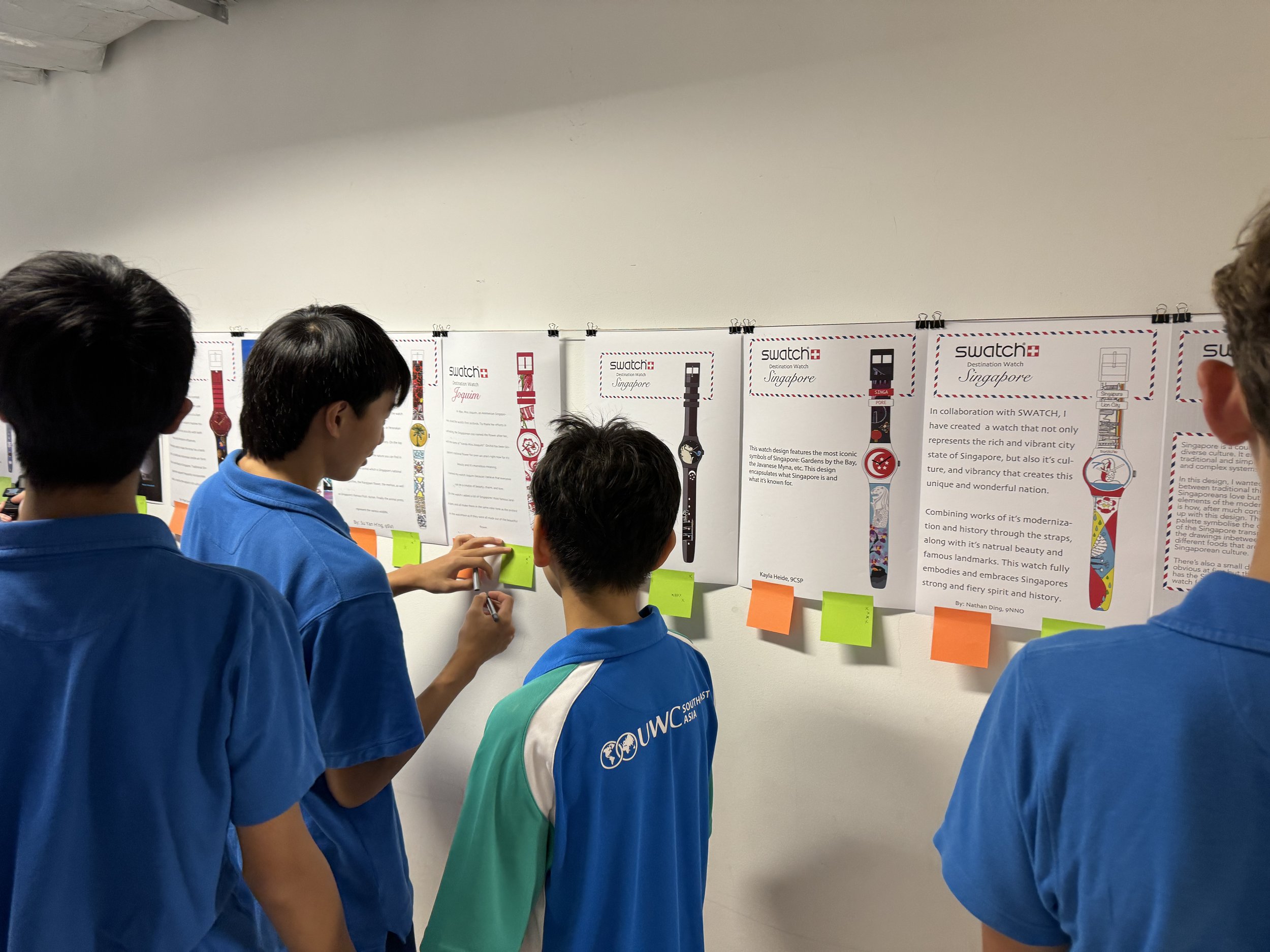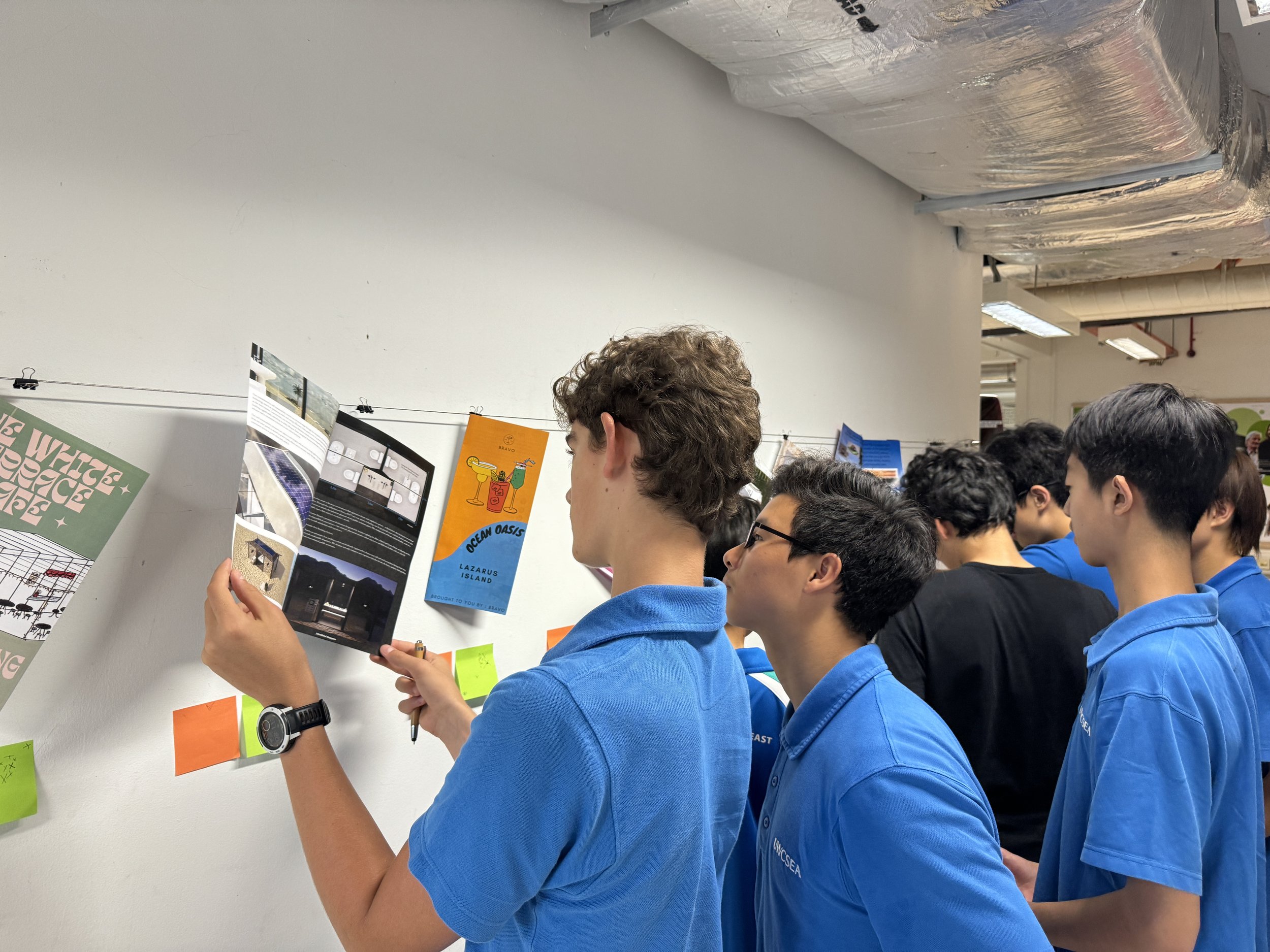ASSESSMENT
PROCESS OVER PRODUCT: “We should be looking to create experts in the process of designing and not experts in individual products”
Design & Technology courses at middle school often include projects and units that span a variety of skill areas - whether that be Product Design, Digital Systems or Food and Nutrition, as examples. My feeling is that assessment of the major concepts and the process of design should be the same for all, as though the project content may change, the process through which students investigate, ideate, communicate and analyse should not.
The process for researching the extent of a problem when designing a product, for example should be no different to that of designing a suitable meal for a target audience. We should be looking to create experts in the process of designing and not the individual products/outcomes.
Through careful and thoughtful planning, I have created an ever-changing model for flexible and inclusive assessment of Design & Technology.
UNIVERSALLY DESIGNED ASSESSMENT RUBRICS
Traditionally, assessment rubrics have been differentiated through language, whereby a ‘reductive’ model is used - writing the criteria for the highest possible grade and then reduce expectation/outcome accordingly. often this leads to the use of negative language such as ‘can’t’ or ‘poor’.
Inspired by UDL training led by Shelley Moore, I have redesigned assessment rubrics for each of my projects to use positive only language, starting with outcomes that all students can achieve - the difference here being the language as opposed to saying something along the lines of ‘With support I can…” we reduce the baseline expectation and state only the “can”.
Levels of assessment do not increase based on the level of which the task is performed. Instead, higher levels should be based on what has been done with this information/skill. In essence, each assessment marker should be a different task, not a "‘better’ version of the same task.
Left: Assessment rubric uses a reductive language model. Right: Assessment rubric uses positive language
REDEFINING (& DESIGNING) THE DESIGN ‘CYCLE’
No one iteration of the design ‘cycle’ is perfect - likely why there are so many variations available. Some follow a cyclic design and others a linear. The graphic that I have created opposite utilises elements of both, prioritising what I personally feel makes for success at middle school and prepares students for their learning in design beyond.
Notice the intersecting points for each section and the varying sizes of the segments, indicating their respective importance. Continuous research and analysis, for instance, take precedence over ideation and communication, as successful projects often stem from a thorough understanding of problem parameters and ongoing reflection and feedback-seeking.
Assessment of analysis and evaluation should be based on ongoing evidence throughout the project - not just at the end of a project as by this point, it is too late to provide any meaningful opportunities for change. Feedback and reflections should be sought at various decision and struggle points in a project.
COLLABORATIVE ASSESSMENT & FEEDBACK
I often have students use one another as a tool for feedback, ideas and peer assessment throughout a project.
PROJECT START: Students share their problem and initial thoughts then provide one another with suggested research ideas and investigation points
MID PROJECT: After initial ideas are created, students share these with one another to gain insight. Students use probing questions and positive intentions to help one another unpack and develop their ideas.
PROJECT END: Students exhibit their work and are asked to provide basic feedback based on which idea best meets the project criteria, which is the most unique design and which they are more likely to buy/use - the point here demonstrating that students have strengths in different areas and the ‘best’ design might not necessarily be the best.
Above: Students provide peer feedback at the end of the ‘Swatch’ project
Above: Students provide peer feedback at the end of the ‘Beach Shack’ project
Above: Students peer assess one another’s design ideas, assigning coloured cards based on differing, objectively motivated criteria
Above: Students use this document at the start of the Habitat project to help one another find research and investigation points.












